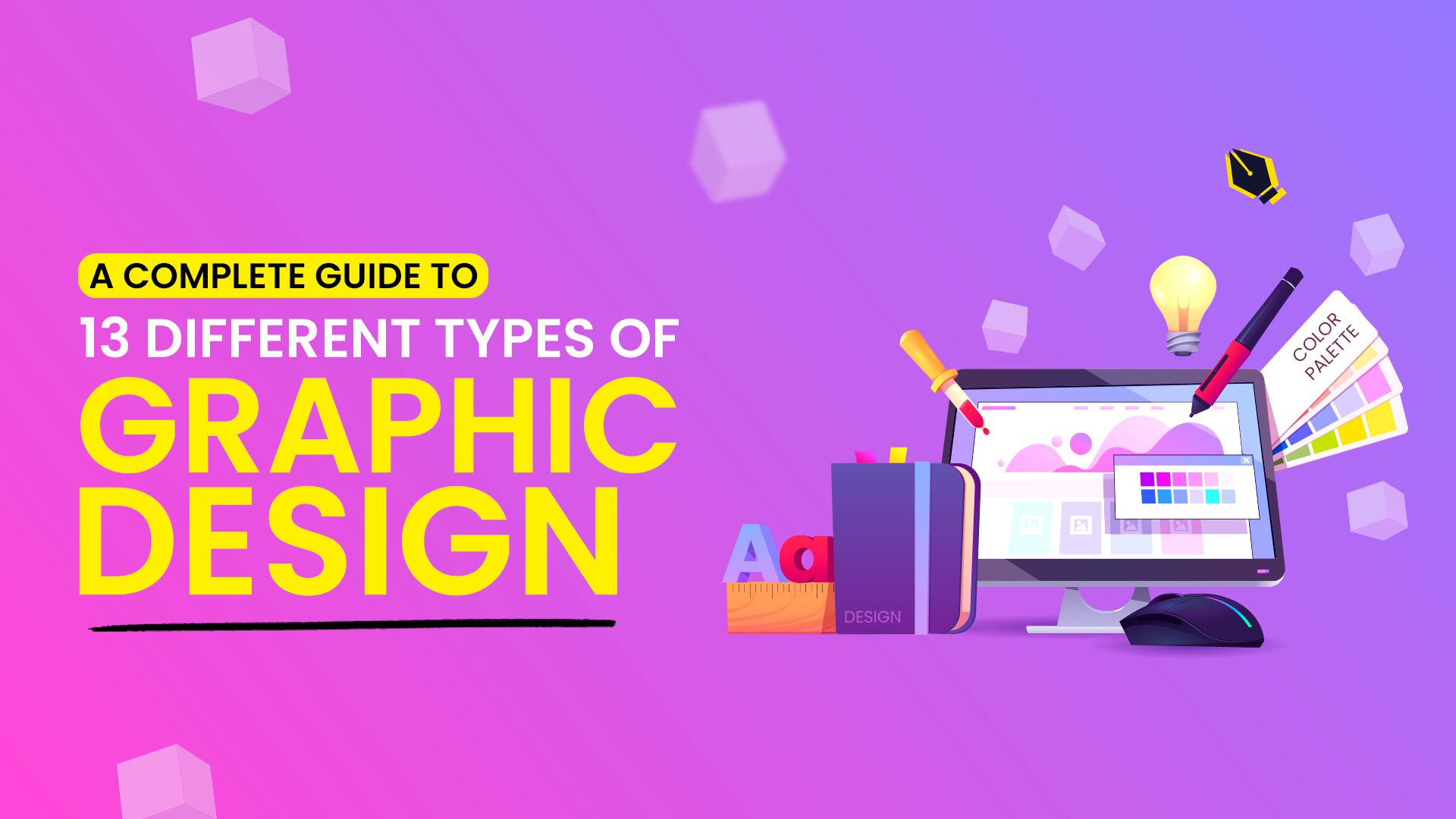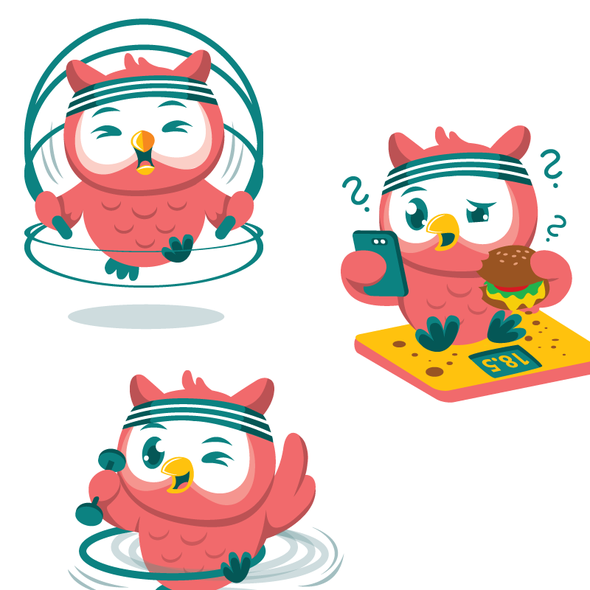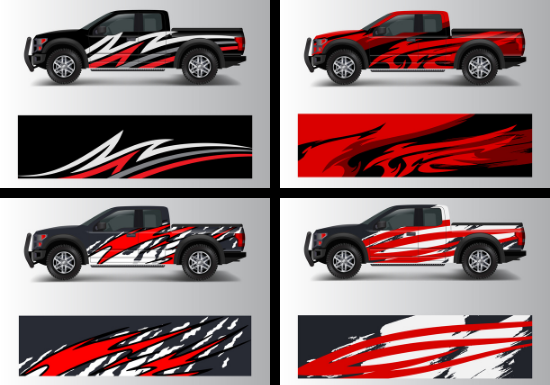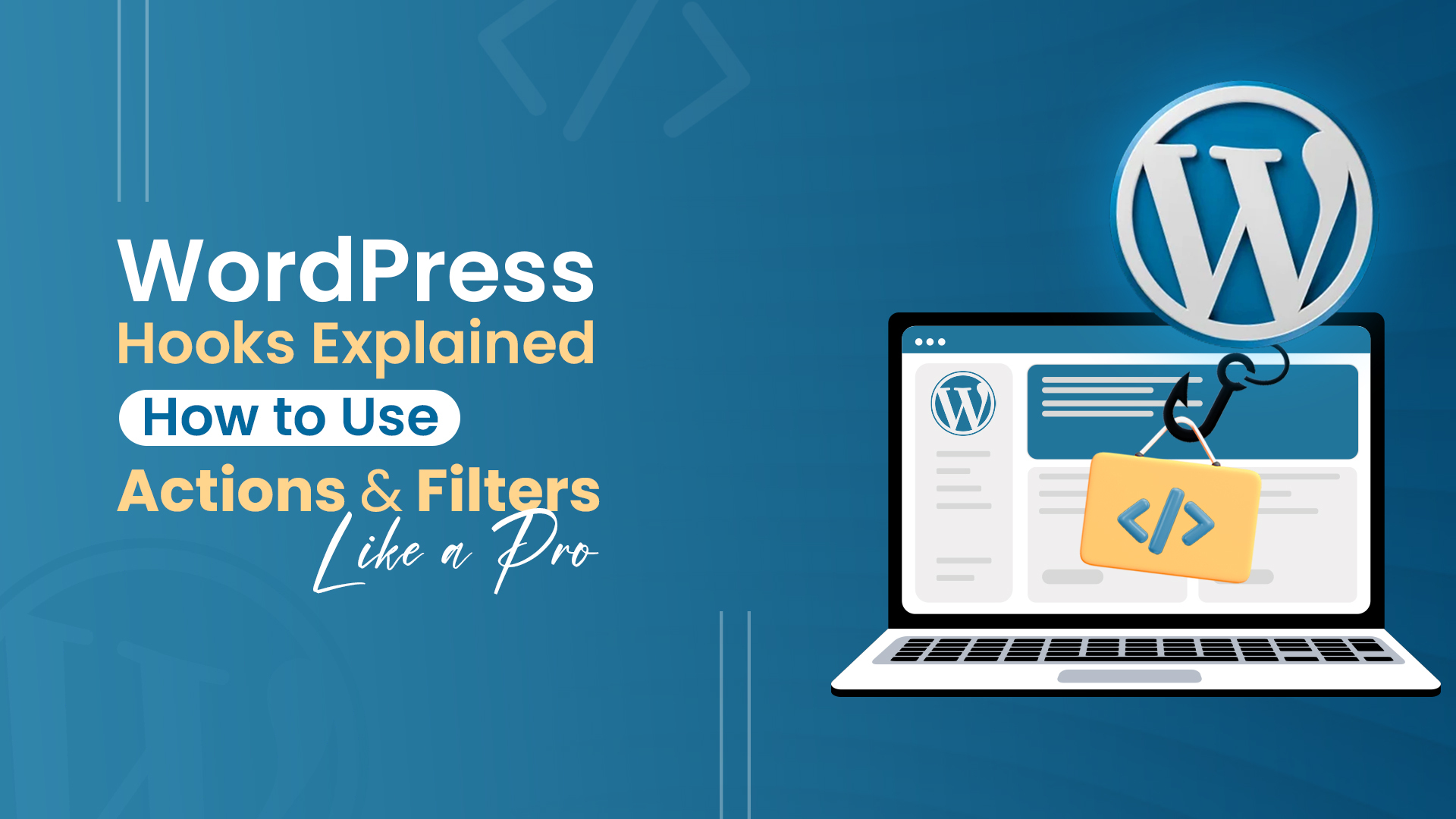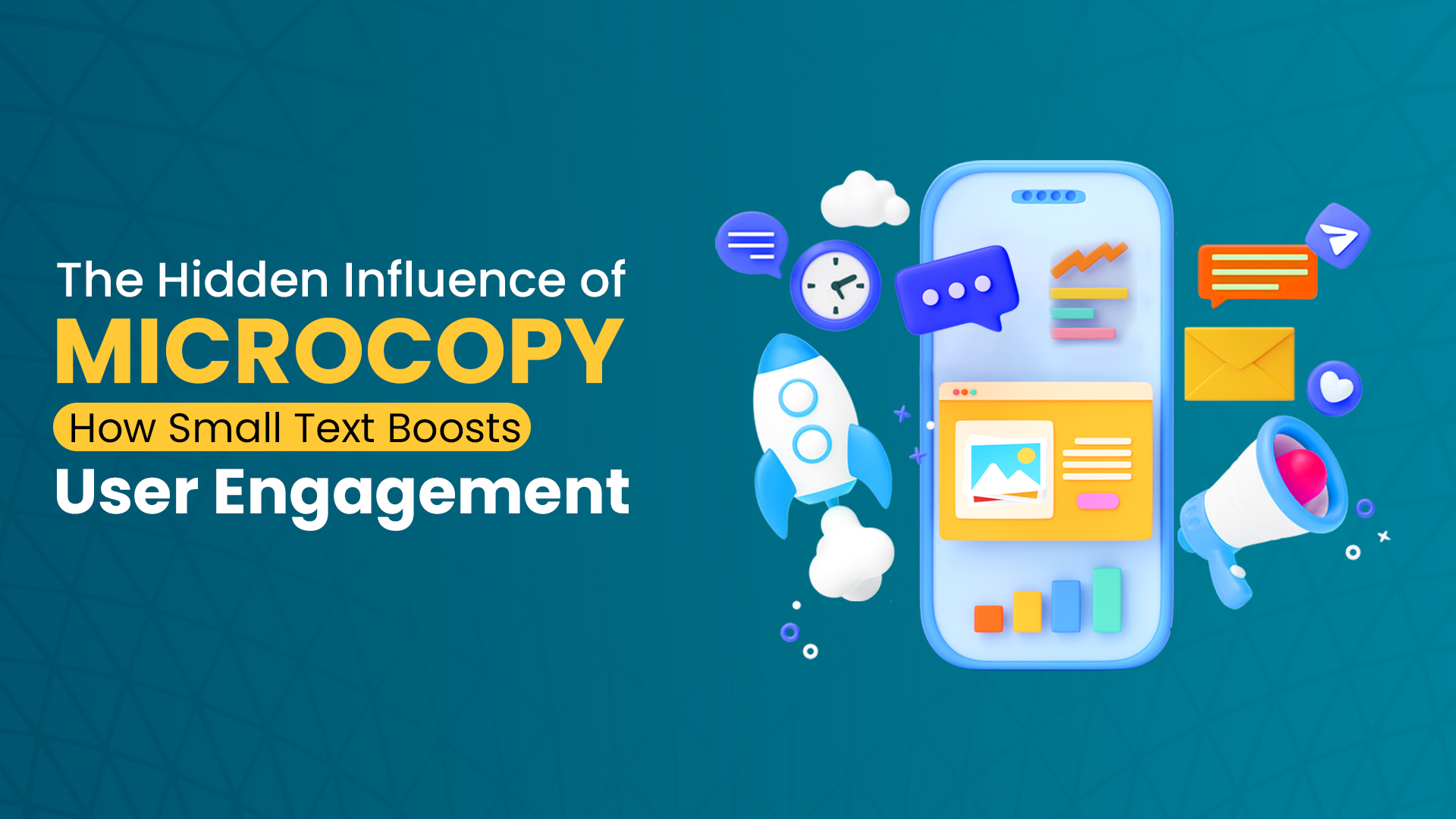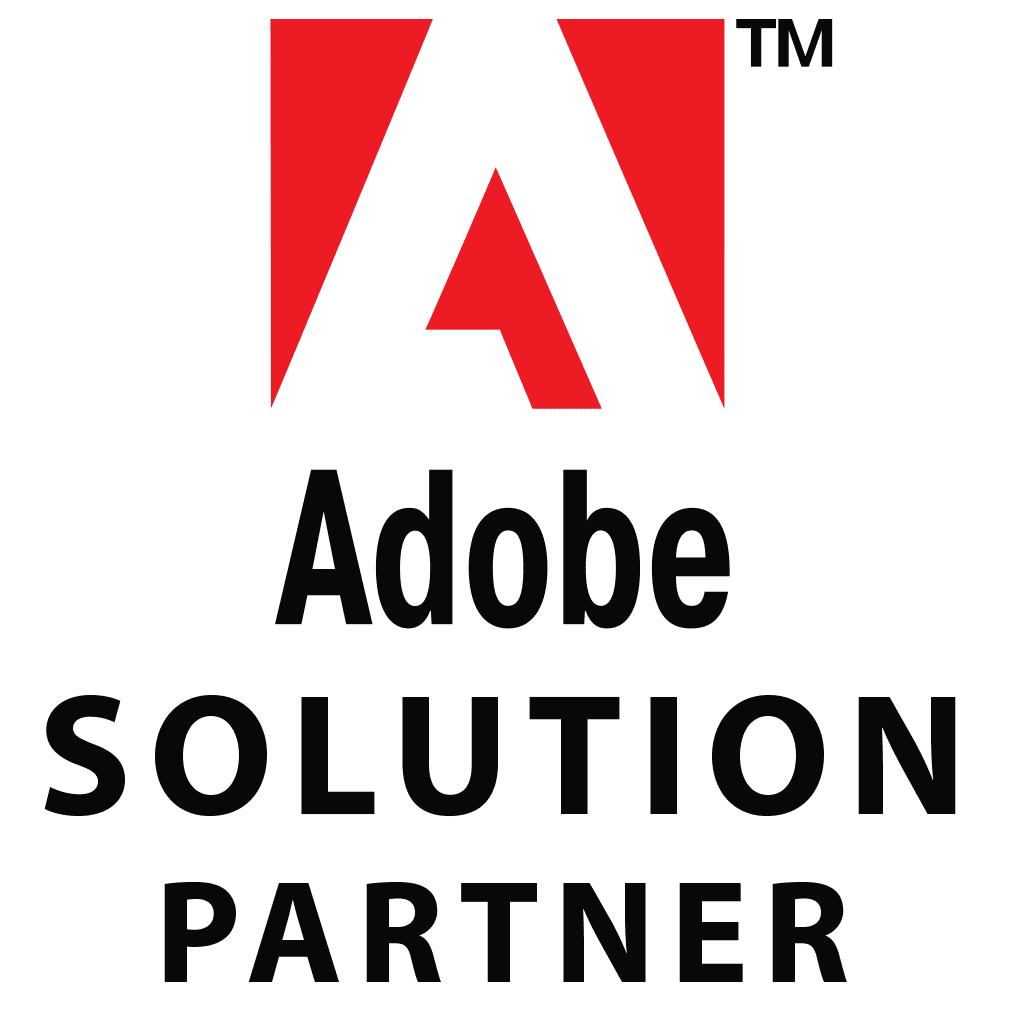Graphic design is more than just aesthetics; it’s a powerful form of communication that shapes how we perceive brands, products, and information. From the logos we instantly recognize to the websites we navigate effortlessly, every element has been thoughtfully designed to serve a purpose.
In this guide, we’ll explore 13 different types of graphic design, each playing a crucial role in various industries. Whether you’re an aspiring designer, a business owner, or someone curious about the creative world, understanding these specializations will give you insight into how design influences our daily lives.
Brand Identity and Logo Design
Every successful brand has a strong identity that tells a story. Brand identity design includes logos, typography, color palettes, and visual elements that create a cohesive and recognizable image.
Logos serve as the face of a company, but brand identity goes beyond that. It includes everything from business cards to packaging, ensuring consistency across all platforms.
Example: Think about brands like Apple or Nike—their logos are instantly recognizable, and their design language remains consistent across all products and marketing materials.
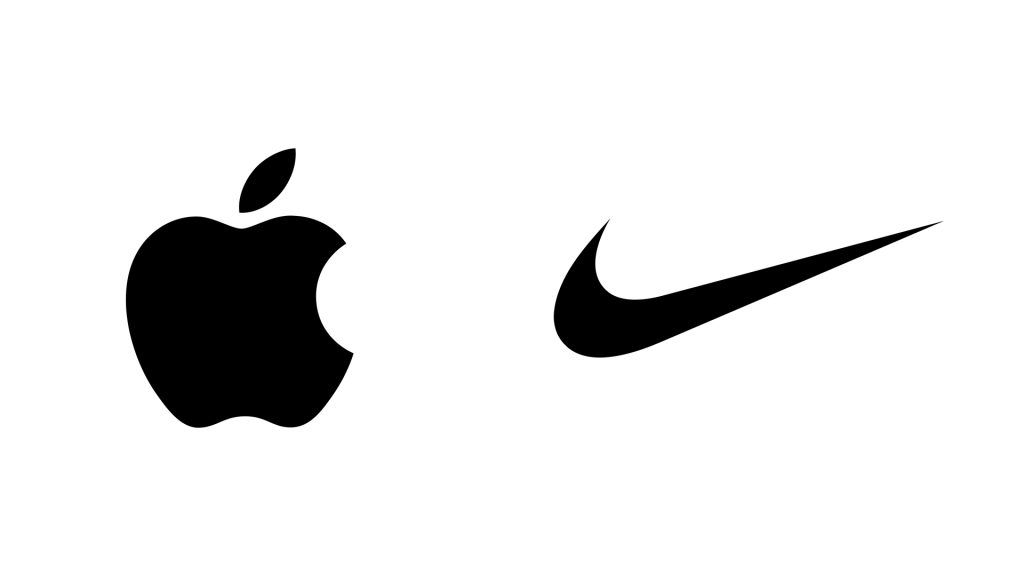
A well-crafted brand identity builds trust and makes a brand memorable.
Marketing and Advertising Design
Marketing design focuses on creating visuals that capture attention and persuade audiences. This includes:
– Print Advertising – Billboards, magazine ads, flyers.
– Digital Advertising – Social media ads, banner ads, email marketing visuals.
– Content Marketing – Infographics, e-books, blog illustrations.
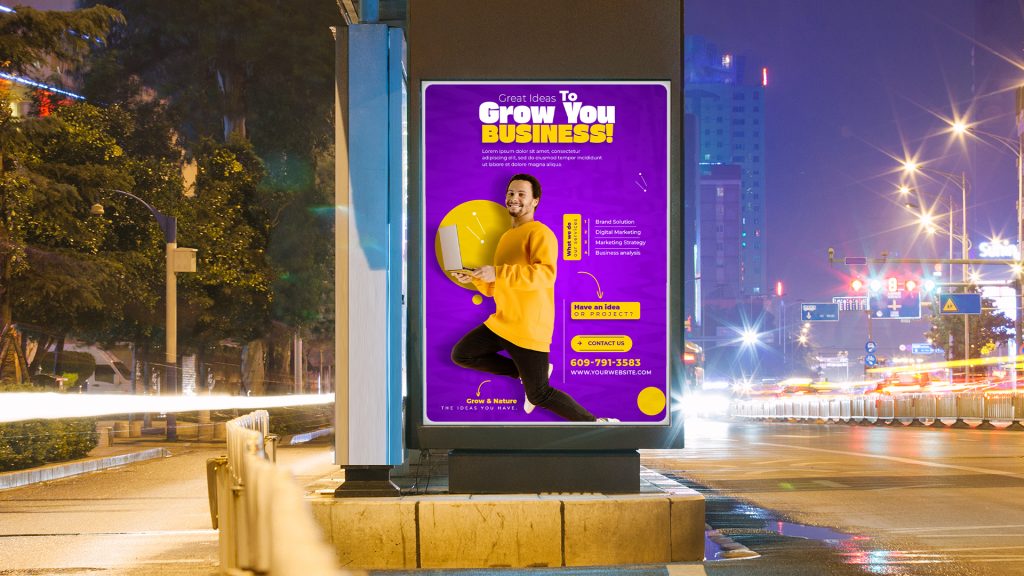
Good advertising design balances creativity with strategy. It needs to engage viewers while communicating a clear message.
A successful marketing campaign isn’t just visually appealing—it influences behavior and encourages action.
User Interface (UI) and Interactive Design
UI design focuses on creating seamless digital experiences. It applies to websites, apps, and software interfaces.
Good UI design ensures that users can navigate easily and interact with digital products intuitively. It involves:
– Layout & Navigation – Ensuring users can find what they need without frustration.
– Visual Hierarchy – Using color, contrast, and typography to guide users.
– Responsiveness – Making sure designs adapt to different screen sizes.
UI design overlaps with User Experience (UX) design, which focuses on the overall feel of a product. A well-designed interface is not only visually appealing but also functional and user-friendly.
Example: Think of how simple and intuitive Google’s homepage is. The design is minimal, yet every element is placed strategically for ease of use.
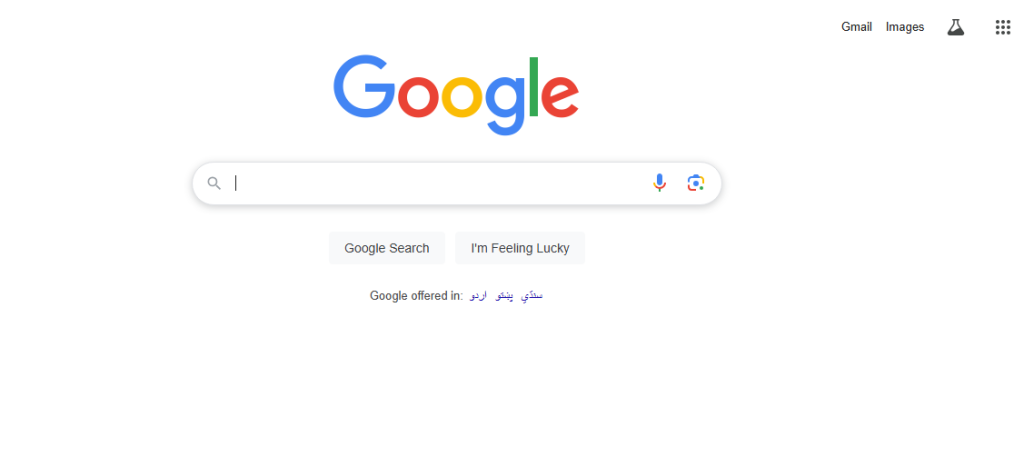
In the digital world, a great UI design can make or break a product.
Publication and Editorial Design
Publication and editorial design bring content to life through thoughtful layout and composition. This type of design is widely used in magazines, newspapers, books, and digital publications.
A well-designed publication guides the reader’s eye, making information easy to digest. Designers carefully balance typography, imagery, and white space to create engaging reading experiences.
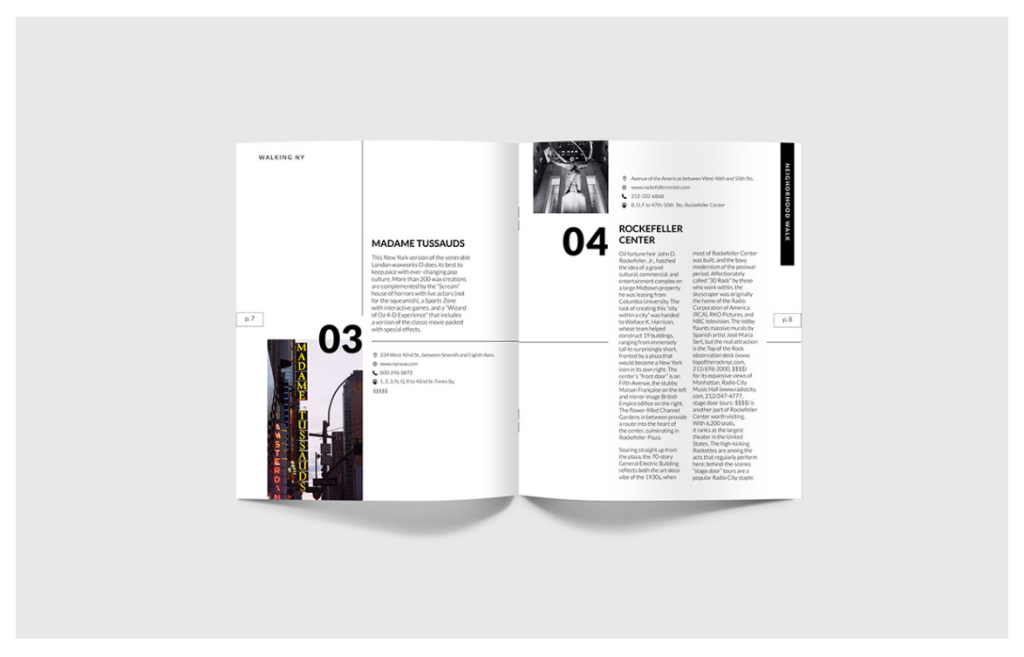
Traditional print design focused on physical layouts, where paper quality and print techniques played a significant role. Today, the shift to digital publications has introduced interactive elements, such as clickable links, embedded videos, and dynamic scrolling, enhancing reader engagement.
Good editorial design is not just about aesthetics—it’s about making content more accessible, readable, and enjoyable.
Great editorial design is like a silent storyteller—it shapes how we perceive and absorb information without demanding attention to itself.
Packaging Design
Packaging design serves as both a protective covering and a marketing tool. It’s the first thing a consumer sees when choosing a product, making it a crucial factor in purchase decisions.
Beyond visual appeal, packaging must balance aesthetics with functionality. It should be durable, practical, and aligned with the brand’s identity.
– Brand Storytelling – Colors, typography, and imagery convey the brand’s message.
– Consumer Psychology – The design influences how people perceive value and quality.
– Sustainability – Eco-friendly packaging is becoming a key consideration in modern design.
Successful packaging doesn’t just hold a product—it enhances its value. Think of Apple’s minimalist, sleek packaging or the way luxury brands use embossed textures and gold foiling to create a premium feel.
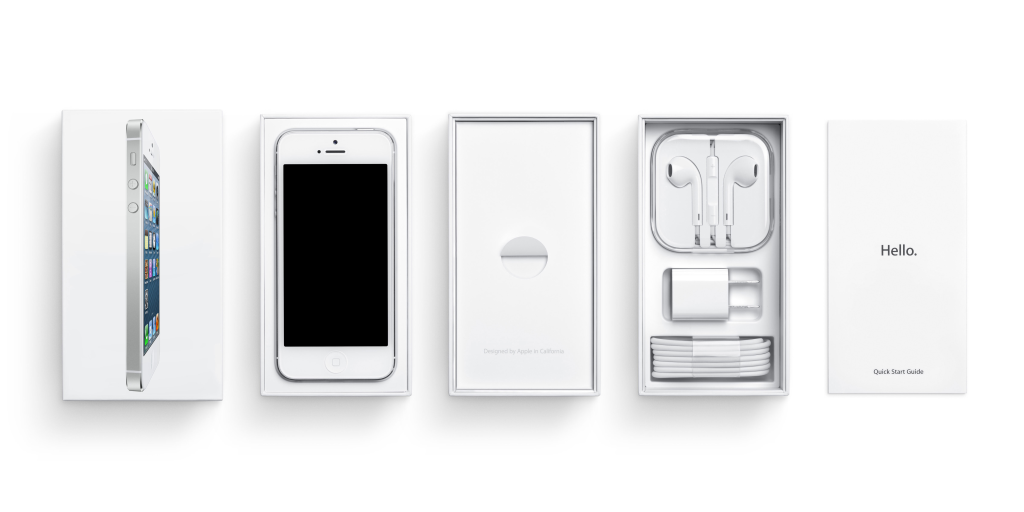
In a competitive market, innovative packaging can set a product apart, making it memorable and desirable.
Motion Graphics and Animation
Motion graphics bring static visuals to life, adding movement to design elements for a more dynamic and engaging experience.
This form of design is used in:
– Advertising – Animated ads, product explainer videos.
– Entertainment – Film title sequences, animated series, and TV graphics.
– Digital Platforms – Social media animations, website elements, and interactive infographics.

Unlike traditional animation, which focuses on storytelling, motion graphics are primarily used to convey messages efficiently. They often combine typography, icons, and abstract visuals with motion to create engaging content.
Popular tools for motion design include Adobe After Effects, Blender, and Cinema 4D.
Motion graphics have become an essential part of modern digital communication. Whether in marketing, education, or entertainment, animation helps capture attention and enhance understanding.
Environmental and Experiential Design
Graphic design extends beyond screens and printed materials—it shapes the spaces we interact with daily. Environmental and experiential design focus on creating visually engaging physical environments that guide, inform, and inspire people.
This type of design can be seen in:
– Signage and Wayfinding – Maps, directional signs, and interactive kiosks that help people navigate airports, hospitals, and public spaces.
– Murals and Public Art – Large-scale illustrations that enhance urban aesthetics and convey cultural significance.
– Retail and Exhibition Design – Store interiors, trade show booths, and museum exhibits that create immersive brand or educational experiences.
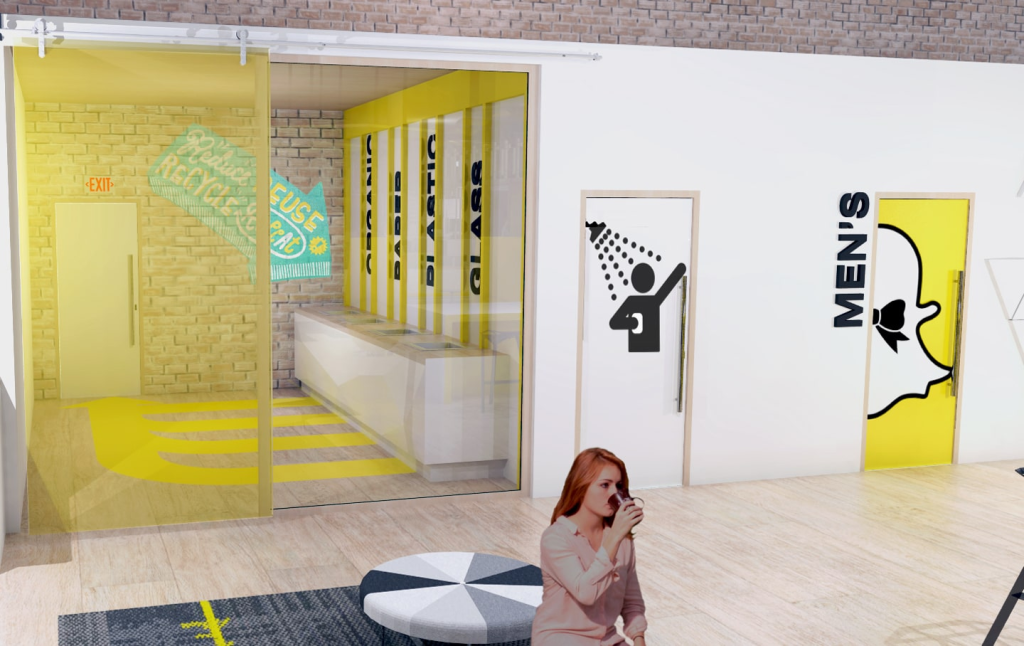
Collaboration is key in this field. Designers work with architects, city planners, and engineers to ensure visuals seamlessly integrate with the environment. Well-executed experiential design doesn’t just add beauty—it enhances functionality, making spaces more intuitive and engaging.
Art and Illustration in Graphic Design
Illustration and graphic design often overlap, but they serve distinct purposes. While graphic design focuses on communicating messages using predefined elements, illustration brings a hand-drawn, artistic touch to design projects.
Illustrations add personality, storytelling, and uniqueness to branding, advertising, and editorial content. They are widely used in:
– Branding – Custom icons, mascots, and hand-drawn logos create a distinct brand identity.
– Editorial and Book Design – Illustrated book covers, magazine spreads, and infographics enhance storytelling.
– Advertising and Packaging – Playful, artistic visuals make campaigns and product packaging stand out.
The key difference is that graphic design often relies on structured layouts, typography, and pre-made elements, while illustration is about creating original artwork from scratch. Some projects blend both disciplines, resulting in visually striking and conceptually rich designs.
Illustrators and designers often work together to craft unique visual experiences that go beyond traditional graphic design approaches.
Web and Mobile Design
Web and mobile design ensure digital interfaces are visually appealing, functional, and user-friendly. As more people interact with brands online, seamless and engaging digital experiences have become essential.
The core principles of web and mobile design include:
– Responsive Design – Websites and apps must adapt to different screen sizes and resolutions.
– Accessibility – Ensuring content is usable for all individuals, including those with disabilities.
– User Experience (UX) – Intuitive navigation, fast loading times, and logical layouts enhance usability.

Modern trends focus on clean aesthetics, minimalistic interfaces, and immersive experiences using micro-interactions and animations. Designers must also balance creativity with usability—an aesthetically pleasing website is ineffective if it doesn’t provide a smooth, intuitive experience.
As technology evolves, web and mobile design continue to push boundaries, integrating AI, augmented reality, and voice interfaces to create more engaging and accessible digital spaces.
Game Design
Graphic design plays a crucial role in game development, shaping the visual storytelling, character aesthetics, and immersive environments that define a player’s experience. It extends beyond creating visually appealing assets—designers craft entire worlds, bringing narratives to life through artistic expression.
Game designers collaborate closely with developers, animators, and writers to ensure that visuals align with gameplay mechanics and storytelling. Every detail, from the color palette of a fantasy landscape to the intricate design of a futuristic interface, influences the player’s emotional connection to the game.
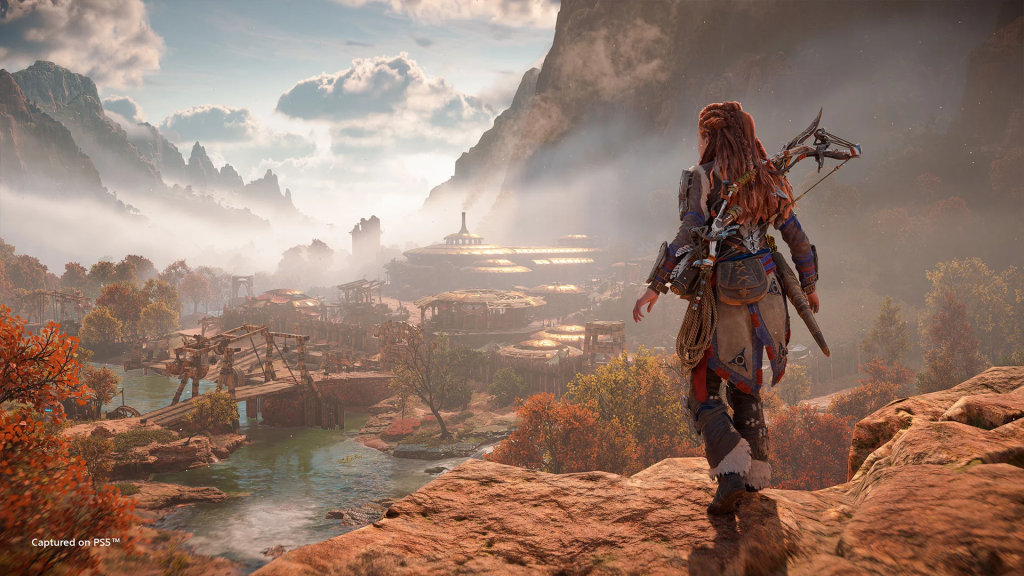
Over time, game graphics have evolved dramatically. Early 2D pixel art has given way to hyper-realistic 3D models, augmented reality (AR), and even virtual reality (VR) environments. Whether a game embraces a minimalist aesthetic or pushes the limits of realism, graphic design is at the core of creating unforgettable gaming experiences.
Print Design
Print design remains a powerful medium despite the rise of digital content. Unlike digital graphics, print materials require careful consideration of tangible elements—texture, ink, and material selection all impact the final product.
Common types of print design include:
– Marketing Materials – Brochures, posters, flyers, and banners that visually communicate brand messages.
– Stationery and Business Cards – Professional branding through well-crafted letterheads and cards.
– Editorial and Publication Design – Magazines, newspapers, and book layouts optimized for print readability.
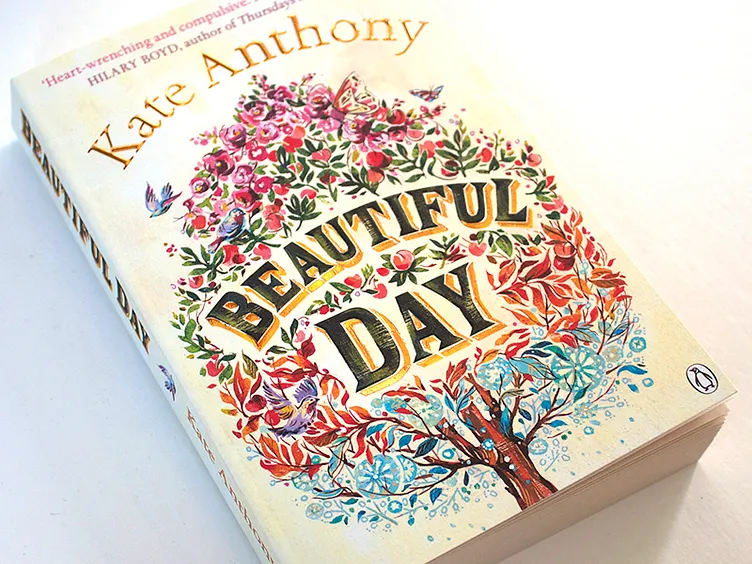
Understanding the technical aspects of printing—such as CMYK vs. RGB color modes, paper finishes, and print resolution—ensures high-quality results. Designers must balance aesthetics with practicality, creating cost-effective materials without compromising on visual impact.
Despite digital dominance, well-designed print materials still leave a lasting impression, making them a valuable tool in marketing, branding, and publishing.
Typography Design
Typography is more than just choosing a font—it’s about shaping how people perceive and engage with written content. The right typeface can establish brand identity, set the tone of a message, and enhance readability.
Typography design involves:
– Creating Typefaces – Designers craft original fonts for branding, editorial, or artistic purposes.
– Legibility and Readability – Choosing the right font size, spacing, and alignment for optimal text clarity.
– Brand Voice – A luxury brand may use elegant serif fonts, while a tech company might opt for modern sans-serif styles.
Typography has a rich history, evolving from hand-carved letters in ancient scripts to digital typefaces used in modern design. Today, trends like variable fonts, geometric sans-serifs, and custom lettering continue to shape visual communication.
When typography is done right, it becomes invisible—it guides the reader effortlessly without distraction.
Vehicle Wrap Design
Turning vehicles into moving billboards, vehicle wrap design is an innovative form of advertising that combines strategic branding with large-scale graphic application. Unlike traditional advertising, vehicle wraps allow businesses to reach a broad audience as the design moves across different locations.
Key challenges in vehicle wrap design include:
– Adapting to Vehicle Shapes – Designs must fit complex surfaces, avoiding distortion over curves and edges.
– Material Durability – High-quality vinyl must withstand weather conditions and long-term exposure.
– Brand Recognition – The message should be clear and readable even at high speeds.
Successful vehicle wrap campaigns make use of bold colors, striking imagery, and minimal yet impactful messaging. Whether for corporate fleets, food trucks, or promotional vehicles, well-designed wraps ensure brands stand out on the road.
With advancements in printing technology, designers now have more creative freedom to produce visually compelling vehicle wraps that combine aesthetics with practicality.
Conclusion
Graphic design is a vast and dynamic field, influencing everything from branding and advertising to digital experiences and physical spaces. Each type of graphic design serves a unique purpose, shaping how we interact with information, products, and environments.
At Codener, we help businesses bring their ideas to life with creative and strategic design solutions. Whether you need branding, UI/UX, or marketing visuals, our team is here to help. Get in touch with us to make your brand stand out!
